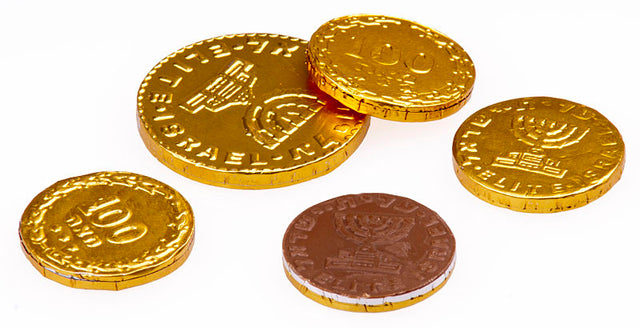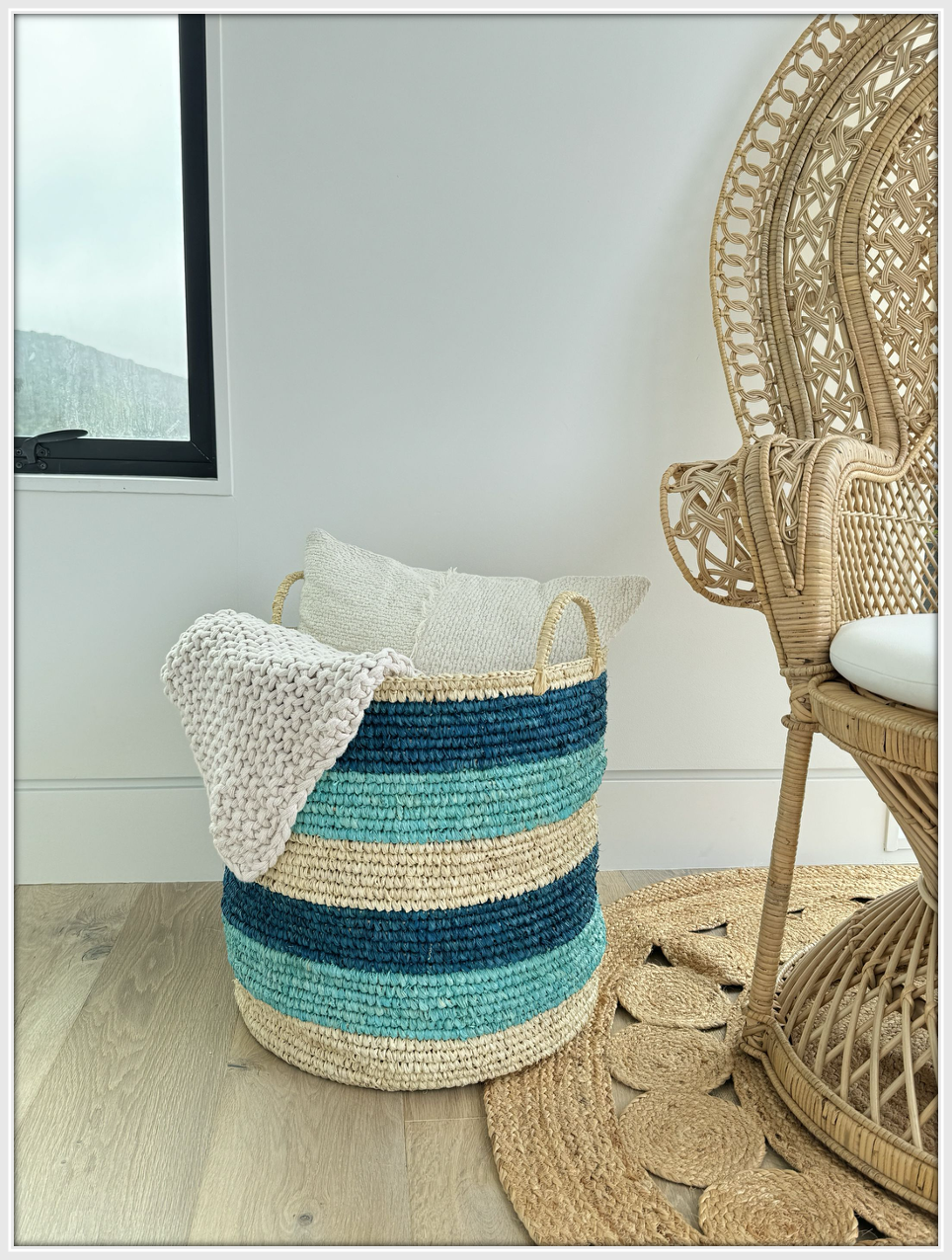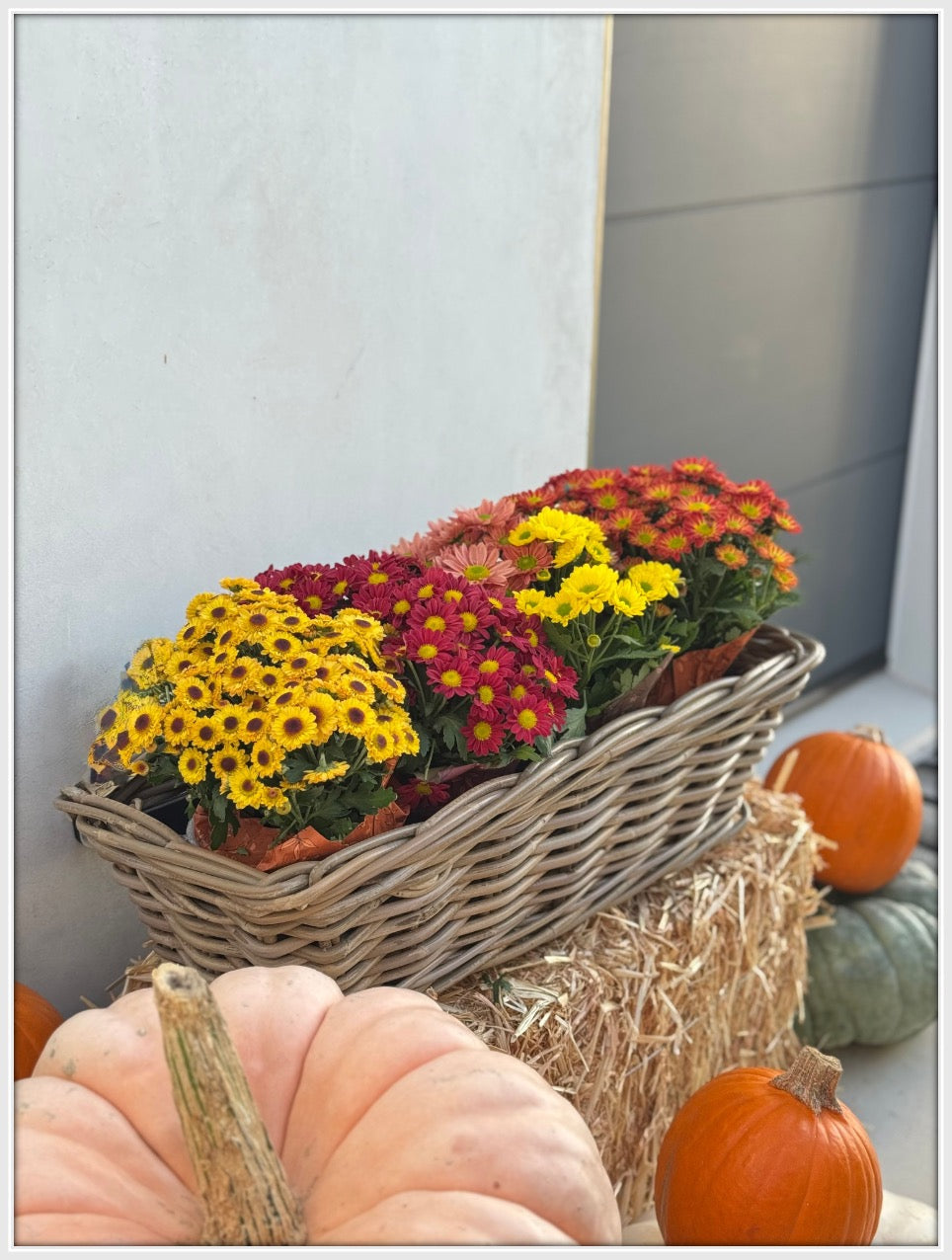If you live in the United States you have probably just celebrated Thanksgiving with friends and family. You are likely thinking ahead to the next event. Whether that inspires you or strikes terror into your heart, it might help to know that many cultures around the world are entering the Holiday Season.
I wrote my last post during Canadian Thanksgiving and I was interested to learn that the Canadian celebration is more closely connected to European harvest festivals than the American. That small difference meant that early Canadian settlers brought their Thanksgiving traditions to North America 43 years before the Pilgrims landed at Plymouth, Massachusetts.
Our rituals and traditions follow us as we move and adapt to new locations. Different celebrations can evolve into something similar, or vice versa. We live in a global economy that impacts us for better or for worse. To learn about other cultures has become important if we wish to be global citizens.
When kids learn about other cultures, it helps them understand and feel engaged in the world. It helps them see beauty in the differences and similarities. Perhaps we can engage their interest and even enrich our own lives by including some elements from the rituals of other cultures into our own.
Here at Kouboo.com we blend cultures daily: it shows in how we decorate our homes and how we select our products. Whether it is a celadon tea set from Northern Thailand or a Nito placemat from the Western Islands of the Philippines, we source our unique products from many different crafts and traditions.
Here are seven holiday traditions from around the world. Perhaps they will inspire you to add some elements to your own celebrations.
Hanukkah in Israel
Hannukah is observed by Jews all over the world. The eight-day holiday, which lands on different dates in December every year, commemorates the rededication of the Holy Temple in Jerusalem. The focal point of the celebration is the menorah, a branched candelabrum. Each night, one candle is lit, gifts are often given to children, games are played and food is enjoyed. Children in Israel are given a week off from school.
The children sing a song: I have a little dreidel / I made it out of clay / And when it’s dry and ready / Then dreidel I shall play.A dreidel is a four-sided spinning top with a Hebrew letter on each side. It is used during Hanukkah to play a popular children's game that involves spinning the dreidel and betting on which Hebrew letter will be showing when the dreidel stops spinning.









